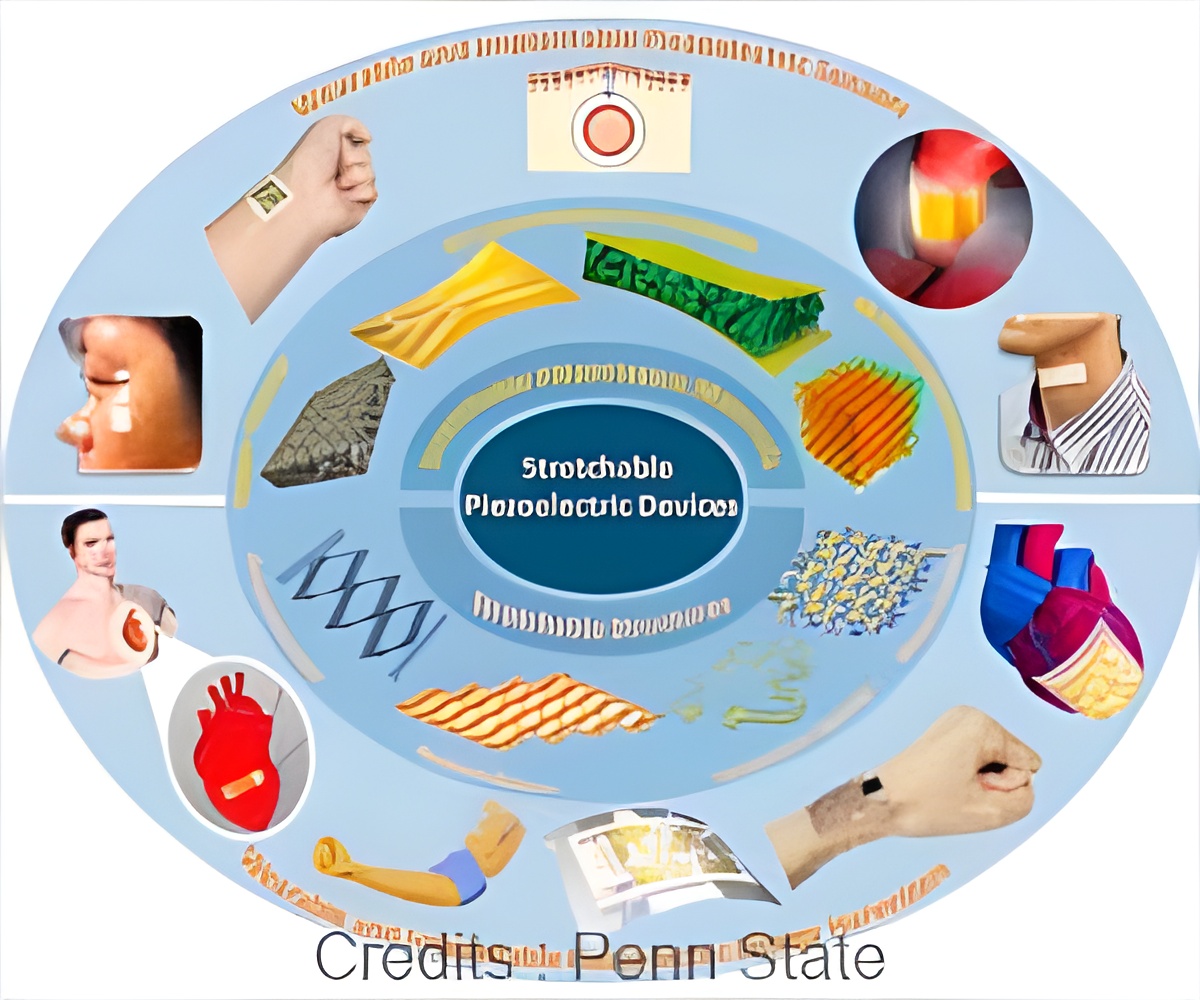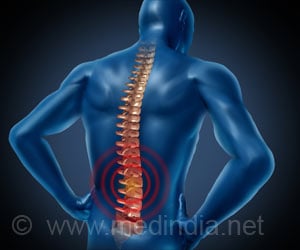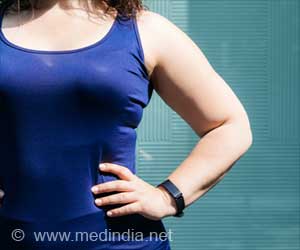Self-powered wearable and implantable devices made up of piezoelectric materials could open up new paths in medical tracking and treatments.

‘Advanced piezoelectric materials could be used to create wearable and implantable devices that can convert biomechanical energy into electrical energy. They could play a major role in medical tracking and treatments.’
Read More..




The team reviewed the field from two perspectives- creating devices that have the potential to harvest energy and developing sensors that can power themselves. Read More..
An energy harvester can create energy to power other devices, and self-powered sensors will be able to provide their own energy and serve as stand-alone devices.
In some cases, the motion that generates the energy for the sensor may also be the data that the sensor is trying to collect.
“It can serve as a sensor directly because it can harvest energy, so it can provide the capability to monitor the motion — for example, the heartbeat — or whatever the sensor is applied to, and then it can transmit that information from the environment, or the body so that it can be analyzed,” said Cheng.
More precise healthcare and remote health opportunities could be made available through the sensors.
Advertisement
These devices could also include wearables on the skin surface. It can be used to track information from the skin surface in the form of heartbeat, blood flow, respiration rate and other vibrating movements.
These devices could one day be implanted in the body as advances I piezoelectric materials are rugged and flexible enough to withstand the body environment. Though they are rugged and flexible, they are also sensitive and efficient to capture and convert very minute motions, such as heartbeats and respiration.
People generally think that these minimal motions cannot harvest energy. However, in the past decade or two, people have begun seeing the possibilities to generate large-scale signals from these movements. The team is also eyeing, creating sensors that can perform double duty. They can harvest energy from the very bodily processes they have been designed to monitor.
For example, a sensor could harvest energy from heartbeats and transfer information about the heart to doctors who are monitoring a patient’s cardiovascular condition.
“We summarized the working principle and representative models of flexible piezoelectric sensors and energy harvesters, and discussed their unique characteristics as compared to conventional devices. We also provided an important perspective on the connection between these and conventional models, yielding a deeper understanding of their behavior at the system level,” said Liao.
Source-Medindia









